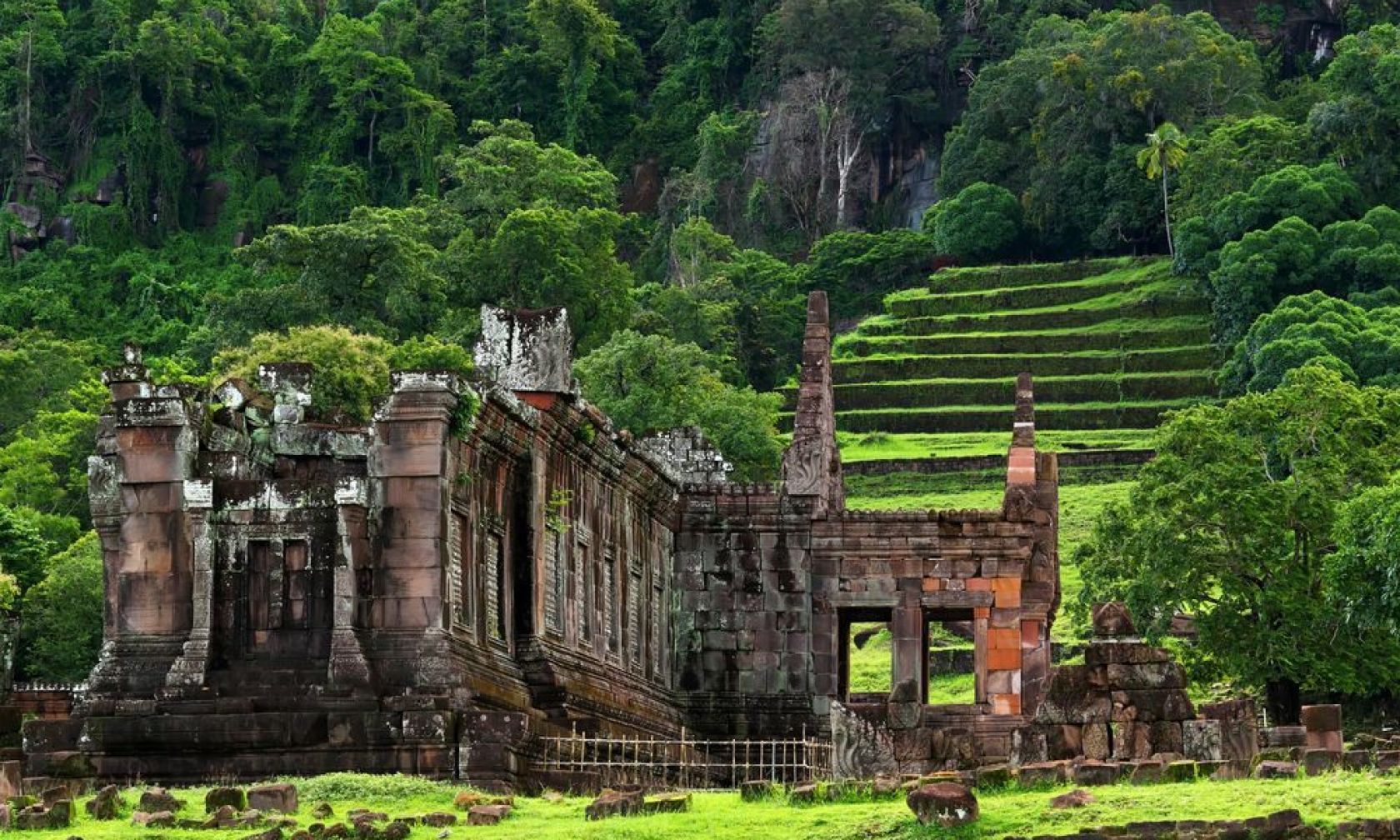
Discover the Cultural Soul of the Country
Luang Prabang – A Harmony of Faith and Architecture 🛕
Nestled in northern Laos, Luang Prabang is a peaceful town where ancient temples, French colonial villas, and traditional Lao wooden houses coexist gracefully. Once the royal capital, it’s now a living museum of Lao culture and Buddhist spirituality.
Recognized by UNESCO in 1995, Luang Prabang is home to over 30 temples, including Wat Xieng Thong, one of the most revered. The Mekong and Nam Khan rivers meet here, offering stunning views and tranquil boat rides. Visitors can fly in from Vientiane, Bangkok, or Chiang Mai, or arrive by river or road.
Plain of Jars – The Mystery of Stone Megaliths 🗿
Scattered across Xieng Khouang Plateau lie thousands of stone jars dating back over two millennia. Their origin remains uncertain, with theories ranging from burial sites to ancient storage vessels.
Despite damage during the Indochina conflict, the Plain of Jars remains one of Laos’ most intriguing archaeological sites. Surrounded by cool highland landscapes and ethnic minority villages, the area offers cultural richness and quiet beauty.
Laos is working toward UNESCO recognition for this mysterious site. It can be accessed by air from Vientiane and Luang Prabang or via road from neighboring provinces and Vietnam.
Wat Phou – Sacred Legacy of the Khmer Empire ⛩️
In southern Laos, near the Mekong River, the ancient temple complex of Wat Phou stands as a spiritual and architectural marvel. Built between the 7th and 12th centuries, it was initially dedicated to the Hindu god Shiva and later embraced by Buddhism.
Set against the dramatic backdrop of Phou Kao Mountain, the site features temple ruins, reservoirs, processional paths, and natural springs. Each year, a vibrant festival celebrates its cultural legacy with music, rituals, and local traditions.
Recognized as a UNESCO World Heritage Site in 2001, Wat Phou is not only a window into the past, but also a living monument of Lao faith and resilience.



